BHG - Currently, the application of traditional teaching methods with the main characteristic of lecturing is no longer suitable in training institutions, especially political theory education institutions in general and district-level political centers in particular. Because, according to traditional teaching methods, lecturers play a central role, actively imparting knowledge in an imposed manner to learners, leading to manifestations of fatigue, difficulty in absorbing knowledge and difficulty in concentrating... of learners, so the effectiveness of the teaching and learning process is not high. Moreover, today's human society is an information and knowledge society, so the teaching method that only aims at providing knowledge (information will be incomplete, quickly outdated) is no longer suitable. The knowledge and information society requires a lifelong education for everyone; at the same time, requires learners to have different qualities than before such as: being proactive, positive and creative in the process of receiving knowledge; know how to enrich their knowledge and have the skills to apply knowledge to their own practical activities to solve problems in life. Therefore, innovating teaching and learning methods towards active teaching and learning is inevitable today.
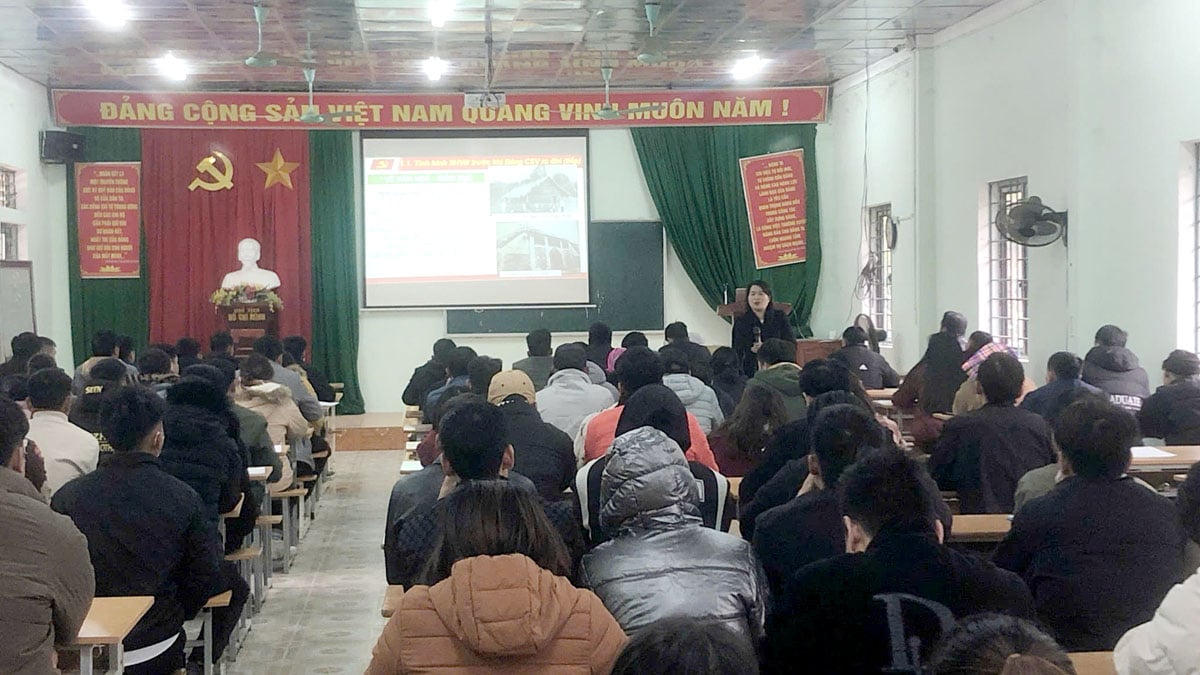 |
| Comrade Hoang Thi Ha - Lecturer of the Provincial Political School gave a lecture on the first class of Party Awareness Training integrating the topic of Ho Chi Minh Thought in 2025 in Yen Minh district using traditional methods combined with active teaching methods. |
Active teaching and learning is the abbreviation of teaching methods based on the viewpoint that: "Teaching and learning must promote the spirit of active, proactive and creative learning of students". Active teaching and learning methods aim at many different activities in learning, activating the activities of students. This method focuses on promoting the positivity of students, not teachers, through active teaching techniques. The most basic characteristic of active teaching and learning is to transform traditional teaching and learning methods into diversified teaching and learning methods; taking students as the center. Lecturers not only have good knowledge but also must have good teaching methods. Lecturers only play the role of guides and advisors to create attraction for students.
The purpose of active teaching and learning is to activating the learning activities of learners, creating for learners the dynamism to transform learning actions in a positive, proactive, creative and confident direction, aiming to equip learners with knowledge, skills and techniques; taking learners' learning as the center, turning theeducational process into a self-education process, turning the teaching and learning process into a self-learning process. Thereby, improving the effectiveness of the entire teaching and learning process to meet new requirements and tasks.
Applying active teaching and learning methods helps lecturers to arouse, convey content, and open up issues for students to discuss and present their own arguments. Finding key points as well as related issues; improving students' thinking ability, initiative, and creativity in the process of solving problems posed by lecturers.
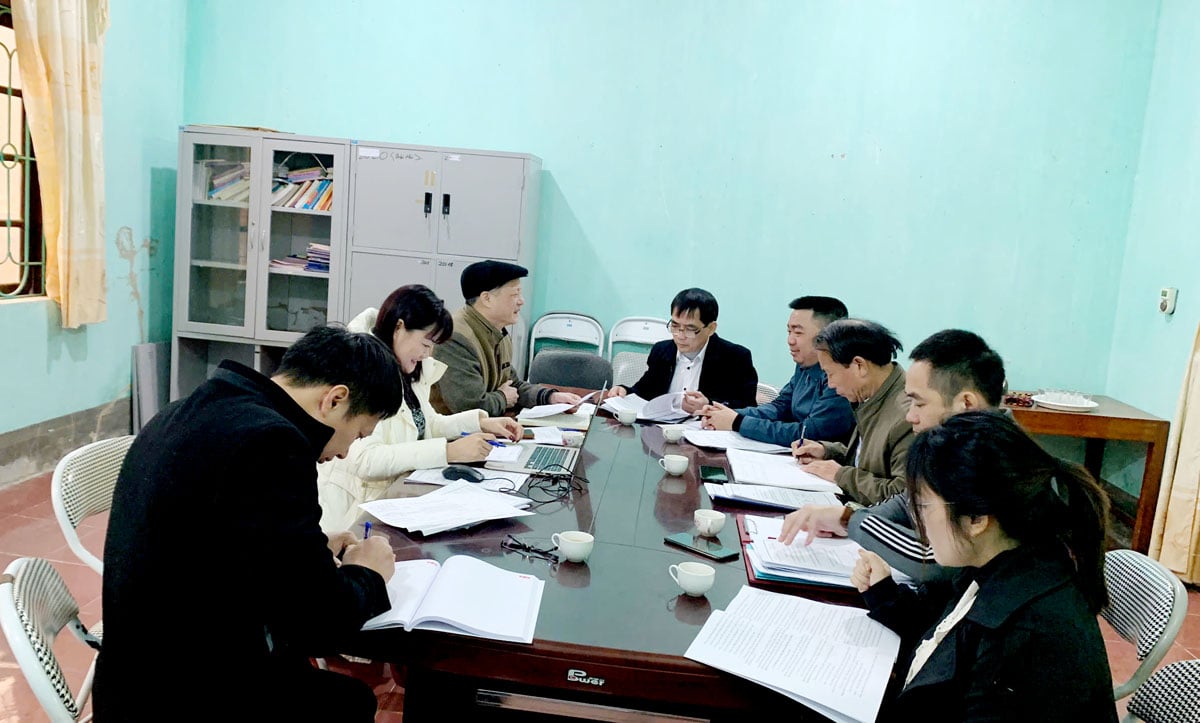 |
| Leaders of the Political Center and Propaganda Department of Yen Minh District Party Committee with a group of lecturers from the Provincial Political School on traditional methods combined with active teaching methods in Yen Minh District |
Based on that reason, in order to improve the quality of teaching and learning at district-level Political Centers in Ha Giang province, in the past time, the Provincial Political School has deployed and guided lecturers of Yen Minh District Political Center on "teaching and learning using traditional methods combined with active teaching methods" according to Official Dispatch No. 211-CV/TCT, dated December 12, 2024 of Ha Giang Provincial Political School on experimental teaching and learning using traditional methods combined with active teaching methods at Yen Minh District Political Center.
During the implementation of the method, Yen Minh District Political Center created favorable conditions to help in all aspects: inviting part-time lecturers, facilities (halls, classrooms...) for the school to complete its tasks well.
During the implementation and method instruction process, a total of 62 delegates, lecturers, and students, including leaders of the District Party Committee's Propaganda Department, the Board of Directors, lecturers from the Provincial Political School, lecturers from the Yen Minh District Political Center, and 50 students from the first class of Party Awareness Training with Ho Chi Minh Thought in 2025, attended. During the implementation process, 01 main lecturer from the Provincial Political School, 01 part-time lecturer from the Yen Minh District Political Center delivered lectures in class. The lecturers applied traditional teaching methods combined with active teaching methods: Presentation, Q&A (using objective multiple-choice questions with one answer, using questions before teaching and asking during teaching) and screening method using ballots.
Through the implementation of the content in the lesson, the lecturers have guided and created attraction for the learners, taking the learners as the center, the lesson took place enthusiastically, ensuring quality. The learners participated in the study seriously, fully, proactively, actively listened to the lecture, through the lesson, the learners applied the knowledge they had acquired into their practical activities to solve the problems posed at work.
After the implementation, the school took a survey form for students to evaluate the quality of teaching and learning in the use of traditional teaching methods combined with active teaching methods. The evaluation results showed that 56/56 students agreed that teaching and learning activities using traditional methods combined with active teaching methods should be deployed and expanded to training and fostering classes at the Yen Minh District Political Center.
To continue to innovate the content, form, and active teaching and learning methods of the teaching staff, it is necessary to effectively implement the following solutions:
Firstly, innovate the content of theoretical teaching. To improve the quality of teaching and learning, the content of the lecturer's lectures is very important. A good lecture with good quality creates interest, stimulates the dynamism and creativity of the learner; encourages the learner to seek, prove and develop the truth. Thanks to that, understanding increases, knowledge is consolidated, the relationship between teachers and students is strengthened. The self-study of the learner thereby becomes disciplined, the passivity and dependence of the learner are gradually overcome.
Innovate teaching content in the direction of updating and increasing the amount of information; delve into the study of classic works, clarify the history of the problem, outline the core content or newly developed issues that have the meaning of orienting cognition and action; avoid reading and explaining the content in the textbook in a simple, diffuse way, limiting the "pre-presentation" of knowledge for learners. Along with orienting the research content in each lecture, lecturers need to clearly indicate monographs, classic documents... that students must read and study.
Second, improve the quality of discussion hours. Discussion is an important form of learning after lectures. However, the discussion topics of current subjects are often too broad, theoretical, not really close to practical activities, not suitable for training and fostering subjects. Meanwhile, the time and materials needed to prepare for discussion are limited, many issues do not have the conditions to go into depth, students simply repeat many things they have noted from the lecture; the debate and mutual refuting of students is still limited. Therefore, innovating and improving the quality of discussion sessions is a necessary task at present. In this direction, lecturers need to review the discussion topics, resolutely cut out topics that are too broad, far from reality to focus on solving some current outstanding theoretical and practical issues. At the same time, innovate the process and methods of conducting discussions to stimulate students' active thinking.
Third, promoting innovation in teaching and learning methods: this is an important step of decisive significance to improve the quality of teaching and learning activities at the Provincial Political School and district-level political centers in Ha Giang province. Currently, innovation in teaching and learning methods has been paid attention to by the Provincial Political School and district-level political centers, but it is not strong, not solid, has not escaped the one-way transmission, has not promoted the dynamism and creativity of learners, making learners passive, not really active in learning. Therefore, improving the quality of teaching and learning must do many things at the same time, in which "breaking through" in innovation in methods is a practical and urgent task. The current trend of innovation in teaching and learning methods is to effectively combine traditional teaching and learning methods with active teaching and learning methods and modern teaching aids in lectures, discussions, etc. These methods always create problematic situations, forcing learners to concentrate on thinking, finding answers, being more active and creative, contributing to making the lesson more exciting, learners excited, eliminating fatigue, lethargy, and dependence on the lecturer. From lectures, many problems make learners ponder, think, want to find answers, want to prove the truth, which forces them to find books to read and research, explore, and discover new knowledge.
To effectively combine traditional teaching and learning methods with active teaching and learning methods and modern teaching aids, first of all, the lecturer must correctly identify the position and role of the teacher and the learner; take the learner as the center, actively research, explore and acquire knowledge; the lecturer is the one who provides information, raises issues, orients and guides the learners in research and learning. At the same time, the lecturer must constantly learn, cultivate and practice qualifications and skills, not be self-satisfied; in each lecture, lecture, the lecturer must invest, research carefully and thoroughly; correctly identify the learners to choose the appropriate presentation methods and methods so that each lecture ensures both party spirit and scientific nature but is also modern, attractive, and attracts the learners' attention. To combine theory with practice in teaching political theory, lecturers need to allocate time reasonably between teaching theoretical knowledge and exchanging and discussing, thereby suggesting, orienting, and advising students on solutions to solve practical problems in localities, agencies, and units.
Fourth, students need to eliminate the idea of dependence and passivity in discussion and exchange hours. Because students' self-study awareness is one of the factors that determine the quality of teaching and learning activities in general, and discussion hours in particular, especially for highly theoretical subjects and sections. During discussion hours, students play a central role, solving the requirements of the discussion topic, and the lecturer plays the role of the organizer. Therefore, the quality of discussion hours largely depends on the preparation of content, self-study and self-research awareness of students. Therefore, each student must have a scientific learning method, from the way of listening to lectures, taking notes to the way of evaluating issues related to the learning content and linking it to practice. Eliminate the idea of dependence on group members, avoiding the situation where one person works for the whole group. In addition, each student must develop a spirit of self-study, search for information related to the discussion content, and evaluate the practice objectively. Based on the knowledge acquired from the lecturer combined with the knowledge that students have researched themselves, they will be confident in presenting their opinions in front of the class, thereby creating a lively atmosphere to help the discussion time become more effective and of better quality.
Fifth, innovate and improve the quality of program content. In the Document of the 13th National Congress, our Party affirmed the importance of innovating and improving the quality of program content: "Continue to synchronously innovate the goals, content, programs, methods, and approaches to education and training in the direction of modernity, international integration, comprehensive human development, meeting the requirements of socio-economic development, science and technology, adapting to the Fourth Industrial Revolution...".
To improve the quality of the program content, lecturers must be proactive and flexible in researching and adding local directives and resolutions to their teaching according to the direction of competent authorities. The content of training and fostering programs is relatively stable, often changing after about 5 to 10 years; meanwhile, practice is constantly changing, documents, regulations, directives and resolutions are regularly issued by competent authorities. Moreover, training and fostering curriculum is used in common for all provinces and cities across the country, while the practice of each province and city has its own characteristics. Therefore, based on the content of the training and fostering program, lecturers must be proactive and flexible in researching and adding local directives and resolutions to their teaching to link theory with practice. Timely recommend and propose research and review to amend program content and training forms to suit the actual situation and learning objects...
Trinh Son - Head of Party Building Department
Source: https://baohagiang.vn/xa-hoi/202504/can-ket-hop-phuong-phap-day-hoc-tich-cuc-tai-trung-tam-chinh-tri-huyen-yen-minh-ddf68c4/


![[Photo] Prime Ministers of Vietnam and Thailand visit the Exhibition of traditional handicraft products](https://vphoto.vietnam.vn/thumb/1200x675/vietnam/resource/IMAGE/2025/5/15/6cfcd1c23b3e4a238b7fcf93c91a65dd)



![[Photo] National Assembly Chairman Tran Thanh Man meets with Thai Prime Minister Paetongtarn Shinawatra](https://vphoto.vietnam.vn/thumb/1200x675/vietnam/resource/IMAGE/2025/5/15/e71160b1572a457395f2816d84a18b45)



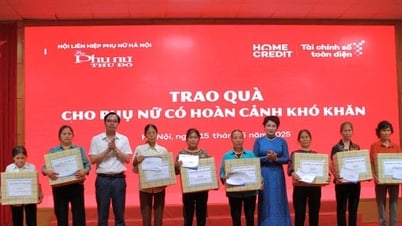

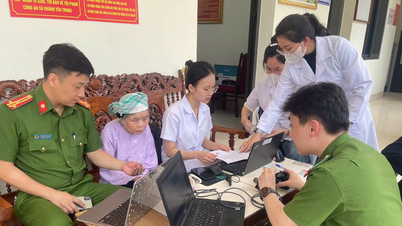



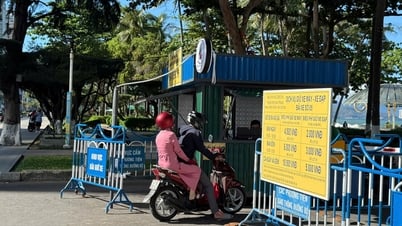

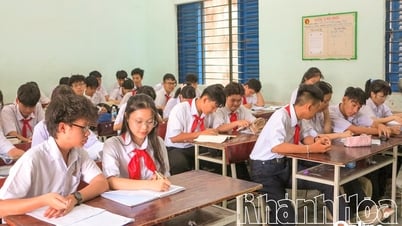




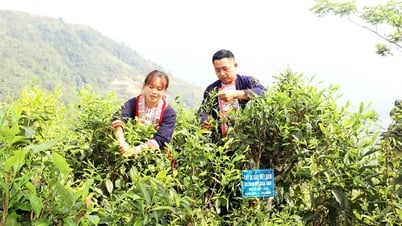

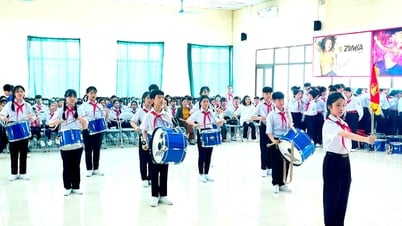
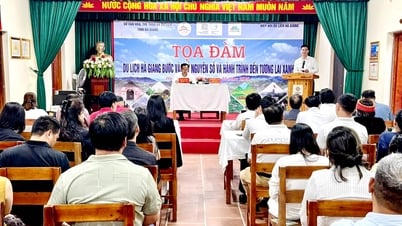
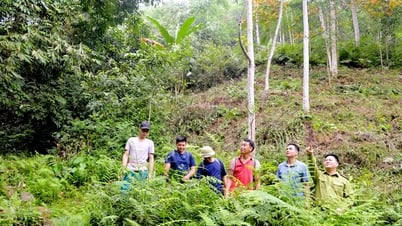
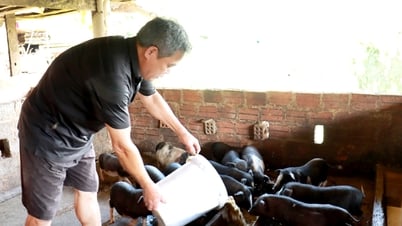
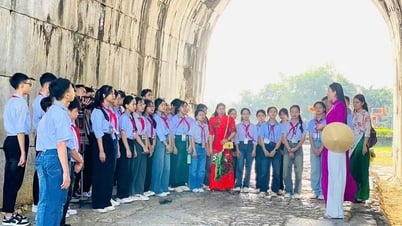






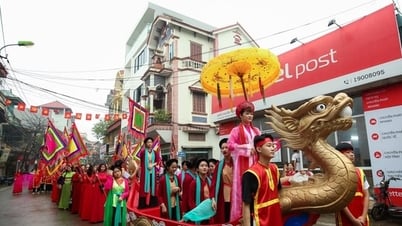


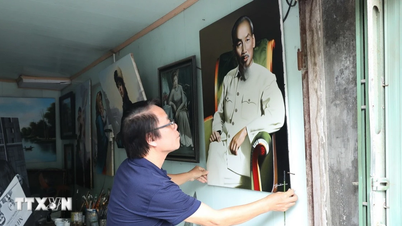

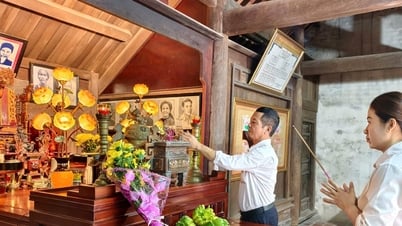

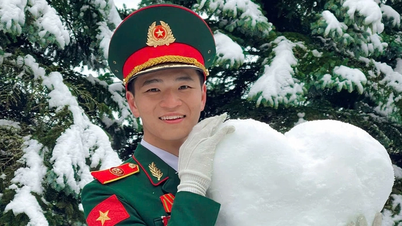



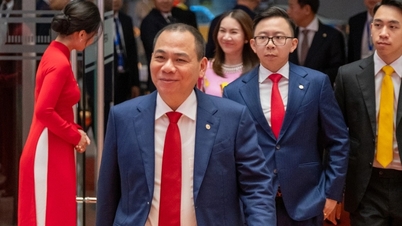

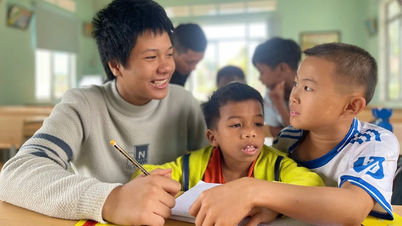

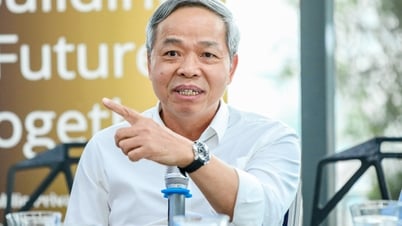






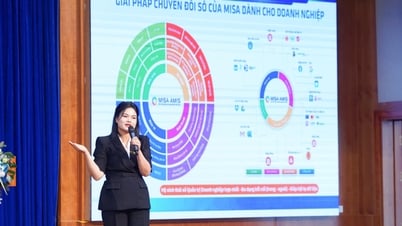


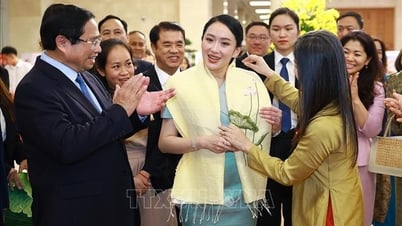

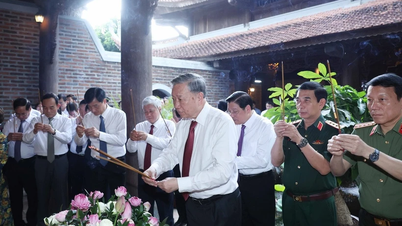
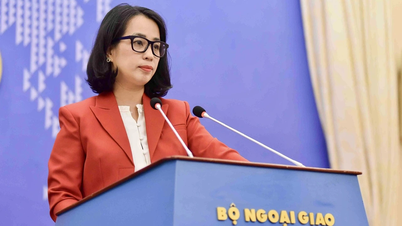

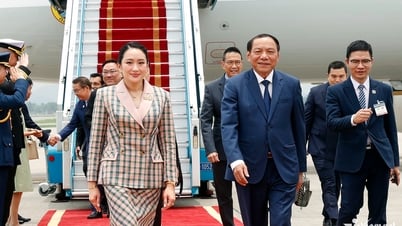
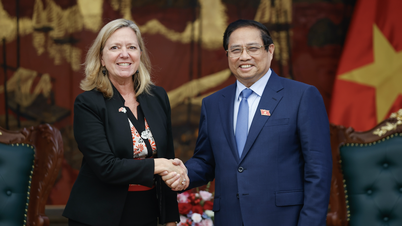


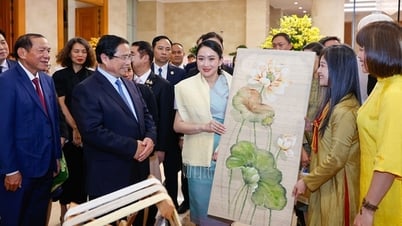


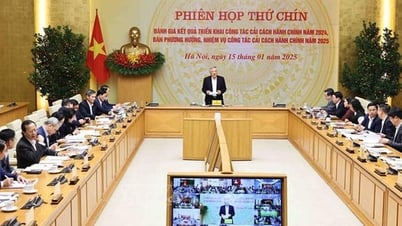
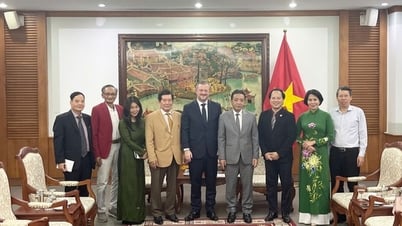
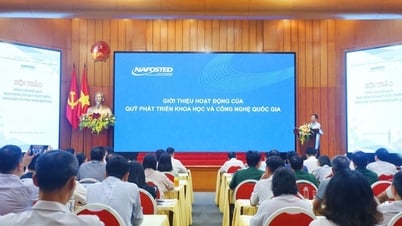

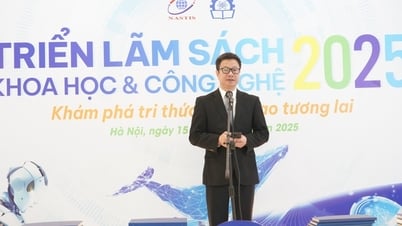



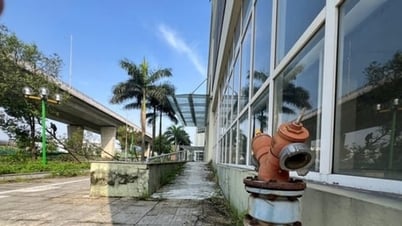



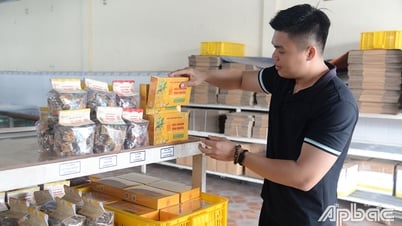

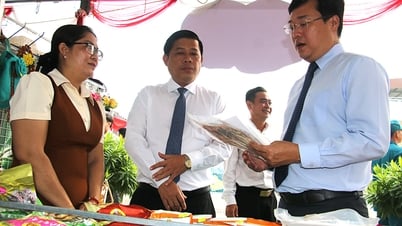
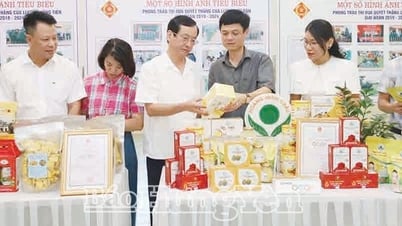

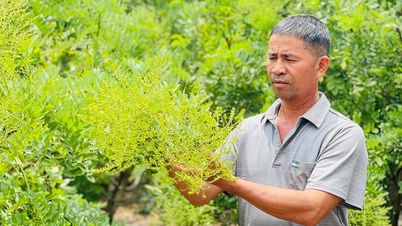
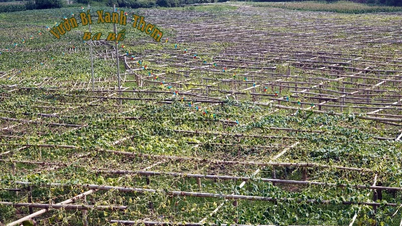

Comment (0)